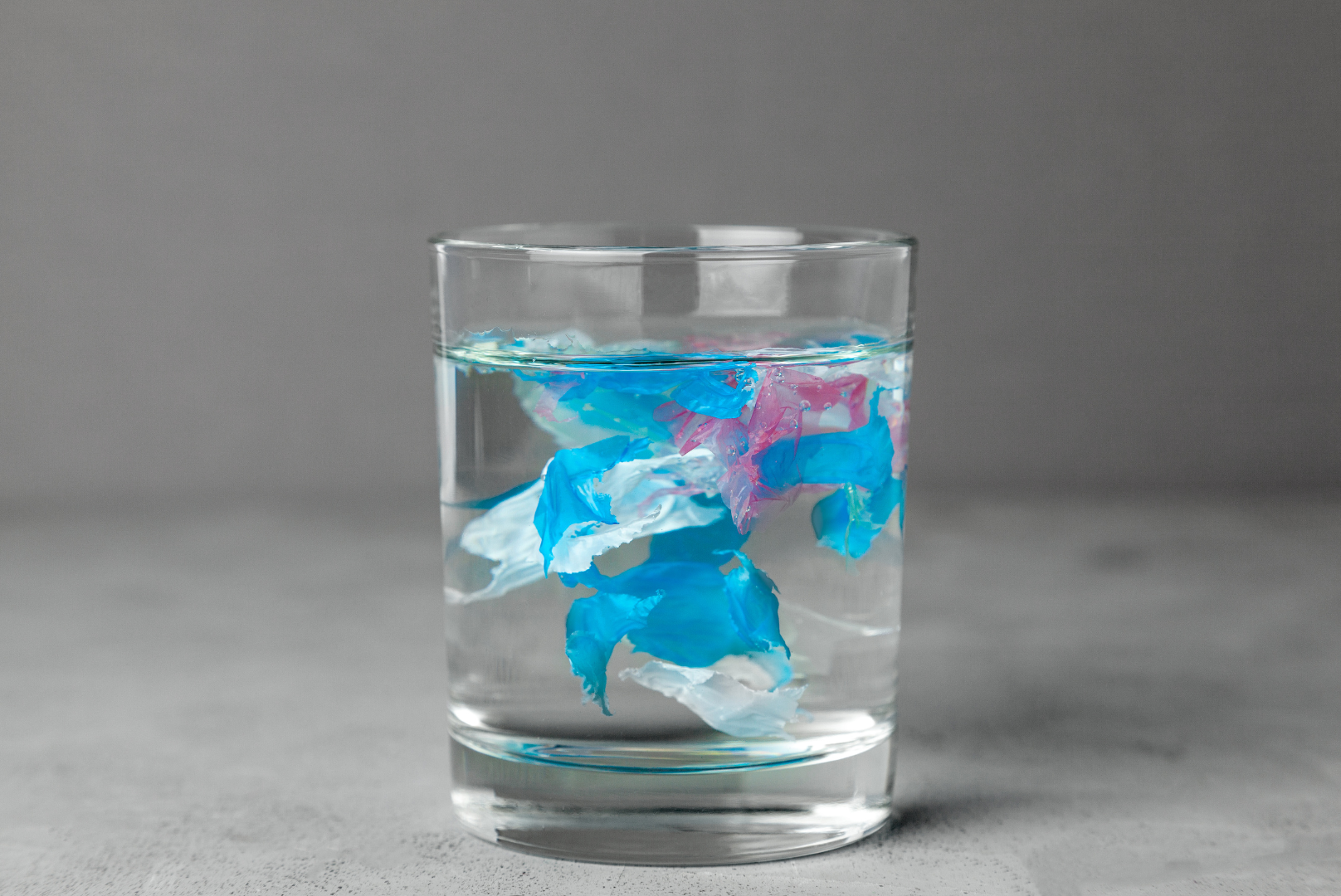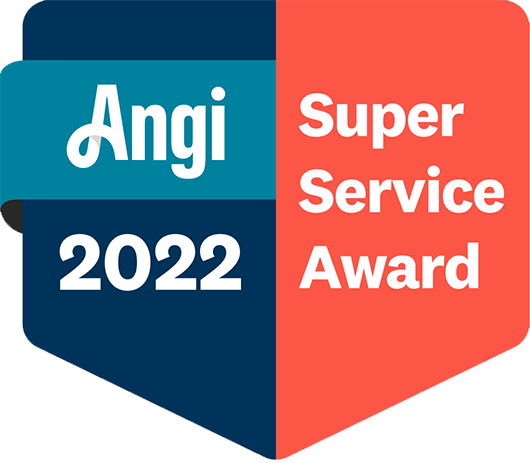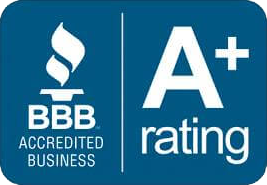Microplastics, tiny plastic particles (many of which are so small they can’t be seen by the naked eye)—have become a pervasive contaminant in water sources worldwide. You may have heard of them and, yes, researchers have identified microplastic “hotspots” in various Long Island water bodies too. Beyond the obvious concerns about potential health risks and environmental impacts, understanding this issue is crucial for Long Island residents, especially when considering water filtration solutions like reverse osmosis systems.
Understanding Microplastics
- Definition: Microplastics are small plastic fragments resulting from the breakdown of larger plastic debris or manufactured as microbeads used in products.
- Sources:
- Degradation of larger plastic waste
- Synthetic fibers from clothing
- Microbeads in personal care products
- Industrial processes
- Health Implications: Early research suggests that microplastics may harm human health by causing inflammation, oxidative stress, and disrupting cellular functions, based on findings from lab studies. Additionally, many microplastics carry harmful chemical additives like BPA and phthalates, which are known to interfere with hormone regulation and may affect reproductive and developmental health.
How Bad Is the Microplastics Problem in Long Island
Long Island draws its drinking water from underground aquifers. And, unfortunately, microplastics have been identified in groundwater samples, with concentrations ranging from 1 to 23 particles per liter. However, the concentrations are generally lower than those found in surface water like Long Island Sound, where 5,000 microfibers per cubic meter have been estimated.
The problem: Saltwater from Long Island Sound can and does seep into the underground aquifers on Long Island. This phenomenon, known as saltwater intrusion, is a significant concern, particularly in coastal areas where the aquifer is underlain by the ocean.
Limitations of Conventional Water Treatment
Standard municipal water treatment processes may not effectively remove microplastics:
- Filtration Limitations: Traditional filters may not capture particles as small as microplastics.
- Lack of Regulation: As of now, the U.S. Environmental Protection Agency (EPA) has not established enforceable standards mandating the removal of microplastics from drinking water.
Reverse Osmosis: An Effective Solution
Reverse osmosis (RO) systems offer a reliable method to reduce microplastic content in drinking water:
- Filtration Efficiency: RO systems can remove particles as small as 0.0001 microns, effectively filtering out microplastics.
- Additional Benefits:
- Removal of other contaminants like heavy metals and chemicals
- Improved taste and odor of water
- Reduced reliance on bottled water
Protecting Yourself with Simply PURE
Microplastics are an emerging concern in Long Island’s water sources, with potential health implications for residents. While municipal treatments may not fully address this issue, installing a reverse osmosis (RO) filtration system can significantly reduce microplastic content in your drinking water. At Simply PURE, we offer customized water purification solutions designed to address Long Island’s specific water quality challenges. Our systems ensure clean, safe water for drinking, cooking, and everyday use, giving you peace of mind.
Want to learn more? Contact us at Simply PURE Water Filtration to get your water analyzed, and find out more about what’s in your water!
References
- Aquatech Water Systems. (2021). The truth behind RO water filters and microplastics. Retrieved from https://www.aquatechwatersystems.com/blog/the-truth-behind-ro-water-filters-and-microplastics/Aquatech Water Systems
- Phys.org. (2024). Microplastic ‘hotspots’ identified in Long Island Sound. Retrieved from https://phys.org/news/2024-04-microplastic-hotspots-island.htmlPhys.org+1ScienceDaily+1
- Perkins, T. (2024, December 1). Environmental groups demand EPA to start monitoring microplastics in water. The Guardian. https://www.theguardian.com/environment/2024/dec/01/microplastics-epa-monitoring
- Puricom Water Industrial Corporation. (2024, June 17). Combating microplastics: The advanced role of reverse osmosis filtration systems. https://www.puricom.com/en/new/combating-microplastics-the-advanced-role-of-ro-filtration-systems
- Oceanic Preservation Society. (n.d.). Microplastics: Pervasive pollution and their impact on human health. Retrieved May 6, 2025, from https://opsociety.org/microplastics-pervasive-pollution-and-their-impact-on-human-health/
- On Campus. (2021). Studying Microplastics in Long Island Waters. Retrieved from https://oncampus.sjny.edu/studying-microplastics-in-long-island-waters/oncampus.sjny.edu
- Journal of Emerging Investigators. (2020). An analysis of the distribution of microplastics along the South Shore of Long Island, NY. Retrieved from https://emerginginvestigators.org/articles/20-088/pdfJournal of Emerging Investigators
About Simply PURE Water Filtration Services
Living in and serving the Long Island community, we strive to make sure everyone has access to clean, healthy water. We have the experience, knowledge, and industry-leading technology to provide clean water solutions for water impurities, contaminants, hard water, bad tasting/odors, well water, acidity & pH regulations.
Proud members of the WQA (Water Quality Association), and the EWQA (Eastern Water Quality Association), we adhere to strict guidelines and the WQA code of ethics. As a Pentair True Blue Partner and Authorized Distributor of Pentair Products, there’s nothing comparable to the performance, and efficiency of our whole house purification systems, water softeners, neutralizers, whole-house filters, and alkaline reverse osmosis systems for drinking in the convenience of your home.
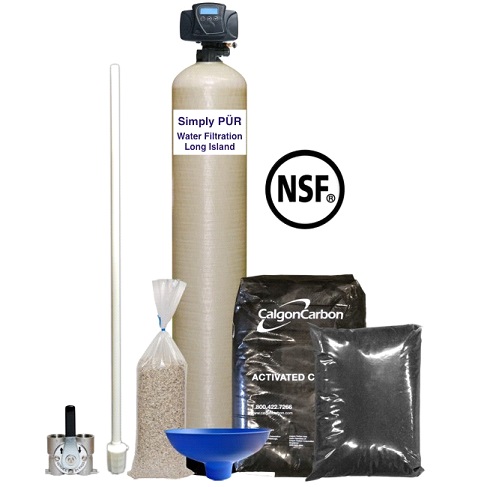
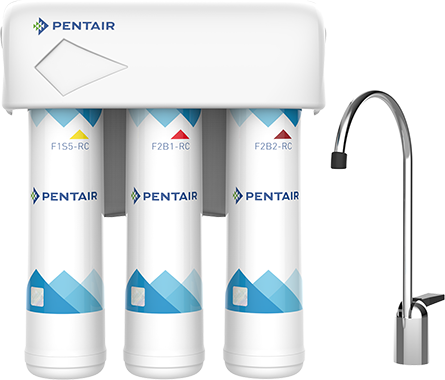
Our products are all NSF / ANSI certified, meeting the highest safety standards and quality performance. Providing our community with only the best experience of high quality water that’s Simply PURE from our family to yours!
Simply PURE utilizes accurate testing methods before and after system installation, as well as annual maintenance of all your water treatment equipment. Our Revolutionary Custom Built Water Treatment systems upon the completion of a Free In-Home Water Analysis, or an in-depth Comprehensive Water Analysis of your choice sent to our Certified Laboratory.

